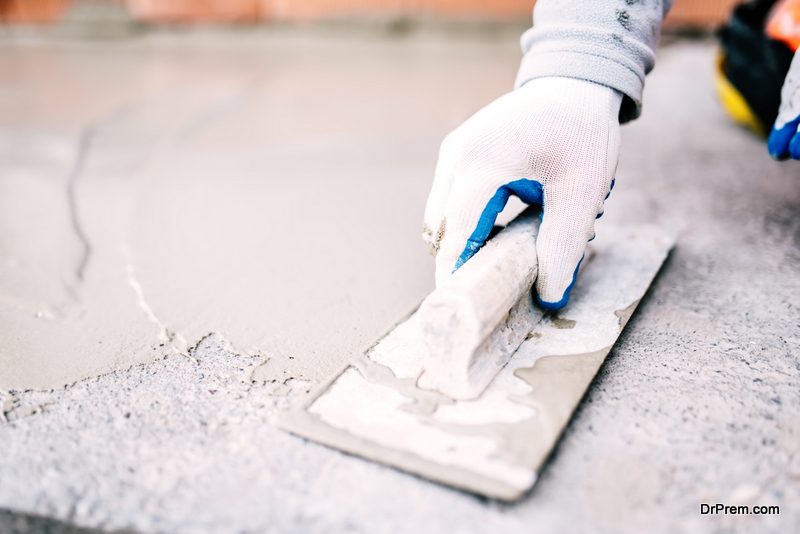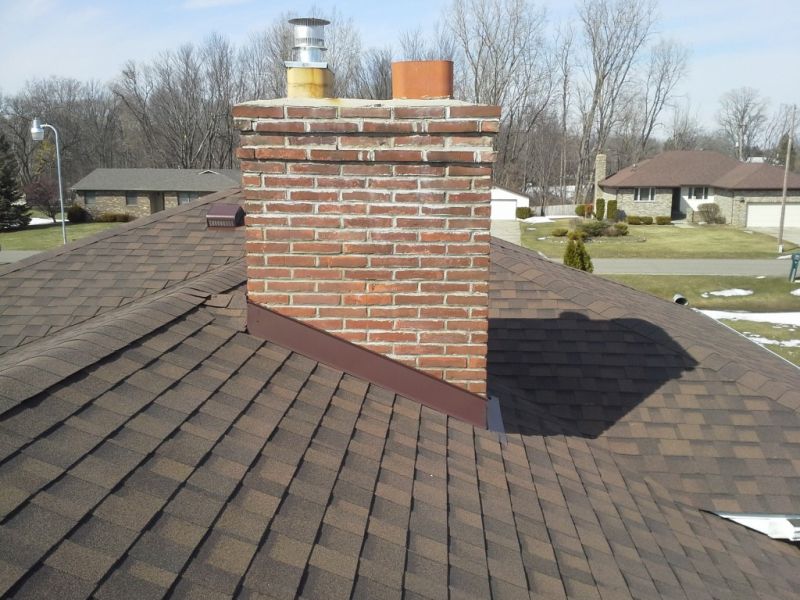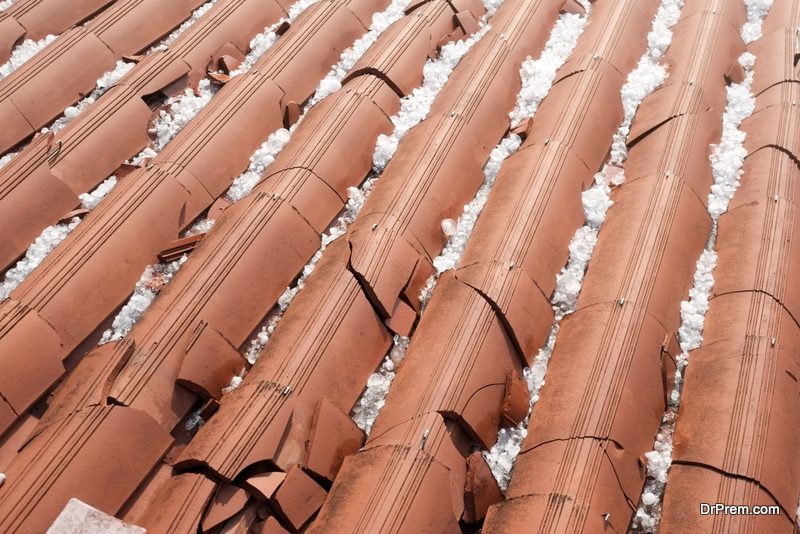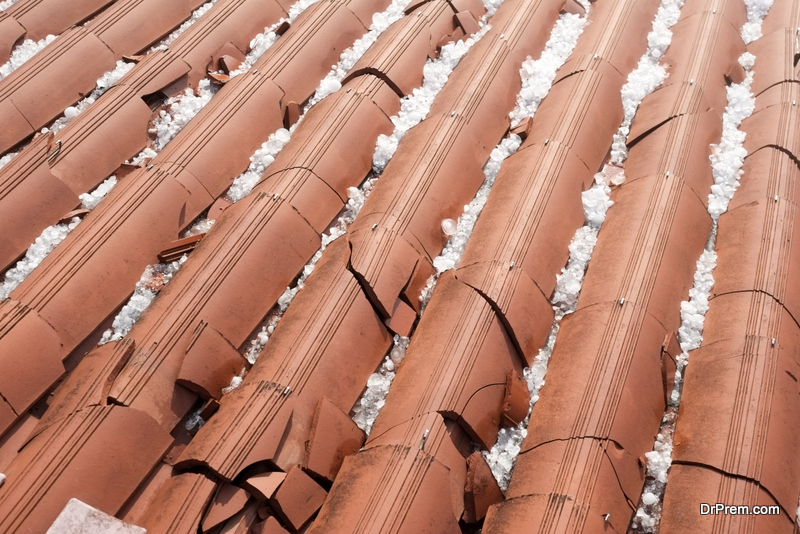Anyone who’s had a problem with their roof due to bad weather knows just how bad it is – and if you have been in a situation of this type, you’d do anything not to let it happen again. If you’ve never experienced the devastation that’s caused when rain water comes through the roof, you’re lucky.
The frightening thing about storms is you never know when one is going to hit; they can come at any time and cause devastation. However, you can make sure your home is less at risk of serious storm damage, like flooding, if you make sure any of your common roof problems are fixed.
Here are 5 common roof problems and how to fix them, so can ensure your home’s ready for whatever the weather throws at it.
Just remember that, before you do any work on a roof, you make sure you’re properly kitted out with height safety equipment.
1. Roof Cement

A competent builder will have made sure that where a shingle touches other surface, like a wall or chimney, that metal flashing is installed to prevent leaks. However, lazy roofers often miss this step and use roof cement instead, putting your home at greater risk of flooding.
Cement will work fine for a little while, but soon enough it’ll begin to crack, and water will run into your home. If you suspect cement was used on your roof, replace it with metal flashing ASAP.
2. No Chimney Cricket
A chimney cricket is a kind of roof within your chimney, that’s there to stop your chimney rotting. Because chimneys are so exposed to the elements, with debris and rainwater falling heavy upon them all the time, a chimney cricket is crucial in protecting the structural integrity of your home.
If your chimney is missing a cricket, you must replace it, or else all manner of problems if your chimney flops and collapses.
3. Poor Chimney Flashing

Flashing is a process of adding metal addendums around the chimney, which allow water to run off the chimney and the roof, but also protect it from significant rotting.
Flashing is quite a delicate process and requires a dual effort – you need two types of flashing to interlock for it to be truly effective. Occasionally, lazy roofers miss this, and put your home at risk of chimney rot, and water accumulating on the roof – which will cause leaks.
Poor chimney flashing can often be visually identified from outside the building by any breakage or rot in the metal surrounding the chimney. If you see that, you need to sort out your chimney flashing ASAP.
4. Missing Gutter Apron
If you have a gutter but no gutter apron, you haven’t got an effective gutter at all. The gutter apron allows water to drain from the roof seamlessly, whereas without it, you’re inviting lots of problems for the structural integrity of your entire roof.
Without a gutter apron, water collects behind the gutter and poses the threat of rot to whole areas of your roof. Even if you believe your gutter looks fine, if there are any water marks on the area surrounding it, there could be a serious problem with your gutter apron.
It’s always worth replacing a faulty gutter apron so a little problem doesn’t turn into a big one.
5. Hail Damage

You may have thought the hail storms are only an irritant, simply a loud burst of noise upon the roof of your home or car that, once it has passed, will trouble you no more. Unfortunately, that’s just not true at all. Even a mild hailstorm can cause significant damage to your roof.
Hailstorms damage the protective exterior of tiles, so even when they don’t put holes into your roof tiles, they’re still causing damage to your roof. Roof tiles can show signs of degradation caused by hail in terms of flaking, as well as more visible damage like potting.
Article Submitted By Community Writer




